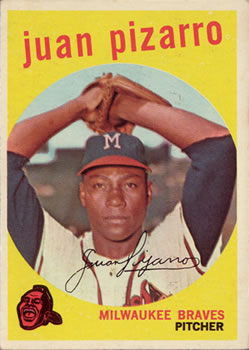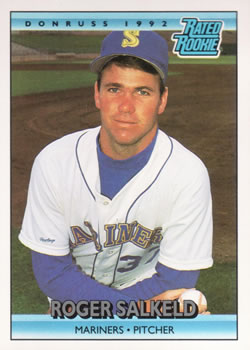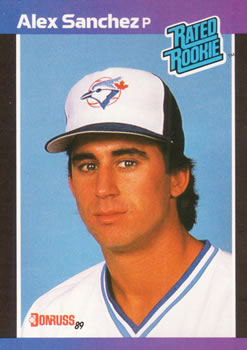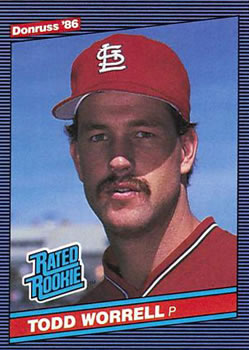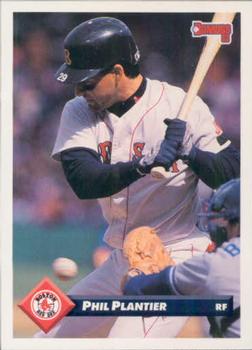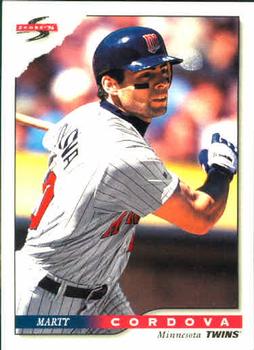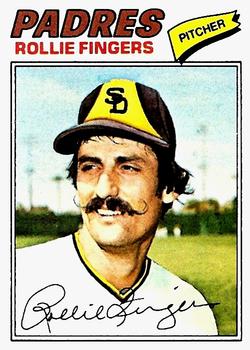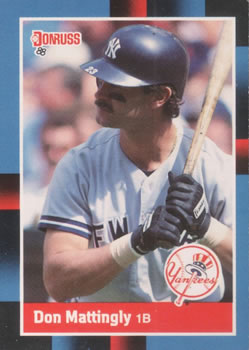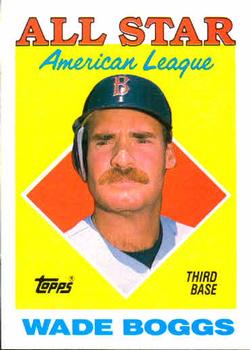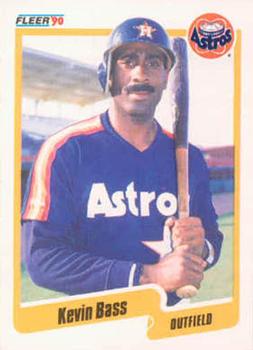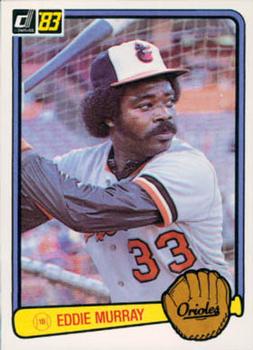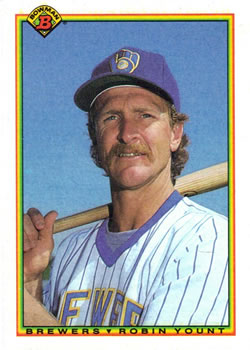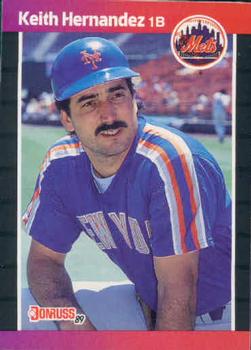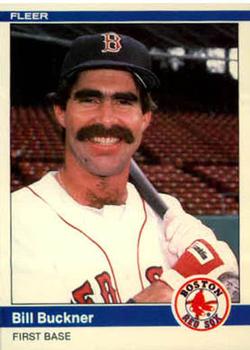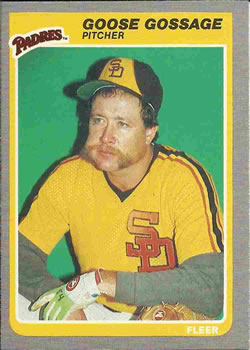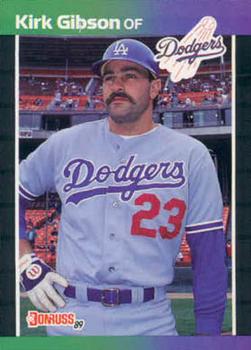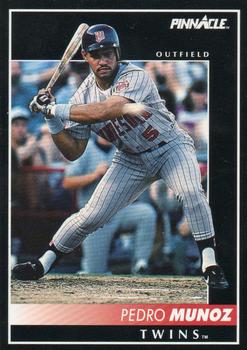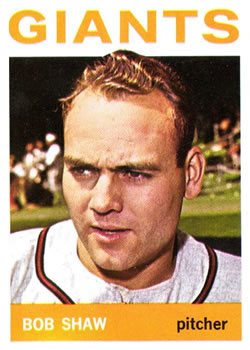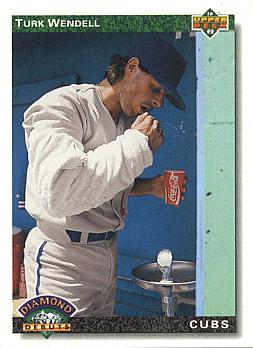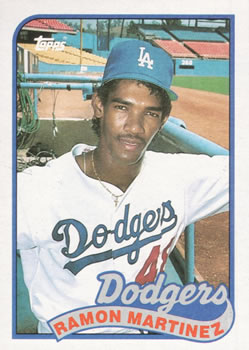2000
Lineup:
CF Lofton
SS Vizquel
2B R. Alomar
RF Ramirez
1B Thome
3B Fryman
LF Sexson
DH Justice
C Alomar
The Cleveland Indians have never really been known for their historic dominance. In fact, overall they've been pretty terrible-to-below average for most of my lifetime. However, during the mid '90s to the early '00s, they trotted out a solid squad that could play. They made it to the World Series in 1995 and 1997, but the 2000 group of the fighting braves of the Cuyahoga were downright scary and one of the most underrated offensive juggernauts in baseball history.
Say what you want about the steroids era, but '00 Indians featured a relentless lineup of big boppers (and then Omar Vizquel) whose worst hitter who saw regular time was probably Russ Branyan, who could still hit a baseball to Neptune on the right pitch. They usually started things off with the running rabbits of Kenny Lofton, Vizquel, and Roberto Alomar to get on base for the meat of the order that featured Manny Ramirez, Jim Thome, and Travis Fryman.
Ramirez batted .351 in 2000, his last year before bolting for Boston, and smacked 38 homers and drove in 122 runs. Thome added 37 home runs and 106 RBI. Fryman had a career year, batting .321 with 22 dingers and 106 RBI himself. They also got some good power and production from Dave Justice and Richie Sexon (who played left field) that season.
Starting pitching was probably the downfall of the Tribe. While Chuck Finley and Bartolo Colon were worthy starters, the rest of the rotation was a borderline disaster. Guys like Dave Burba (who won 16 games that year), Charles Nagy, Jim Brower, and Jason Bere couldn't consistently deliver despite some good run support. The bullpen, however, featured some pretty solid relievers who spent time as closers at some point in their careers (Steve Karsay, Justin Speier, Paul Shuey, Ricardo Rincon, ).
The Indians ultimately finished the season in 2nd place in the AL Central 5 games behind the Chicago White Sox. I'll still remember them though.
Ladies and gentlemen, the 2000 Cleveland Indians, ballplayers.
